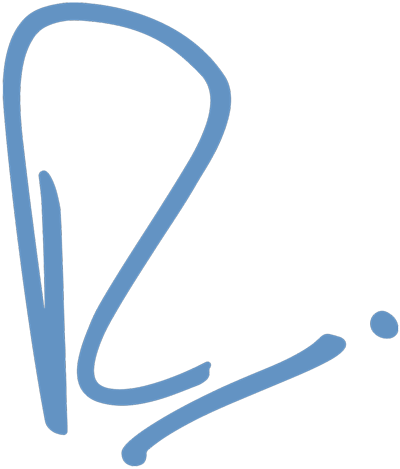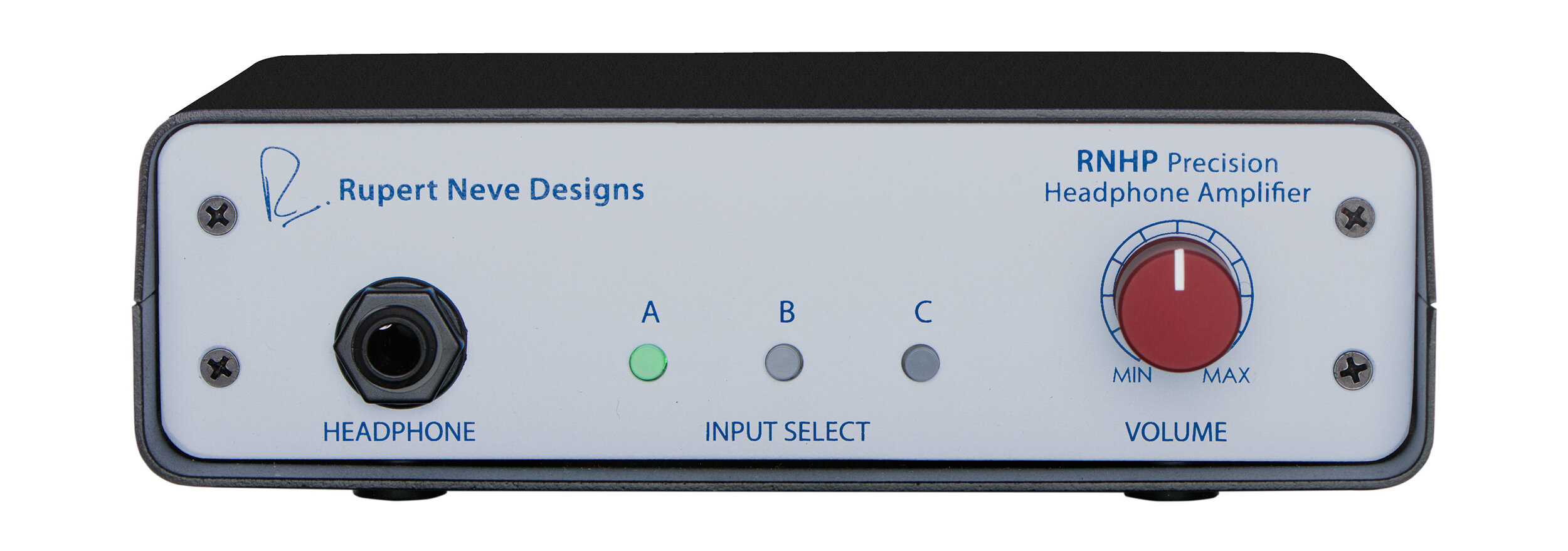Customer Spotlight: Matthew Phillips Audio
We first noticed Matthew Phillips on Instagram when he tagged us in a few photos of his new gear, and then he reached out to us directly to let us know how he’d been using it for his ‘State House Sessions’ project. Here’s an interview with Matthew – enjoy!
Thanks for speaking with us, Matthew! First off, can you tell us a bit about State House Sessions?
State House Sessions is a Philadelphia based digital publication focusing on live performances, articles and interviews. It was founded by my sister, Caitlin, and I. We record sessions with bands while they are passing through town, filming either at the home studio, a local business, or right at the venue after soundcheck. After a while, we’d hear from viewers, sometimes even the artist themselves, that the State House recording sounded better than the official audio. It was then that we started to realize we were capturing something really special.
How did you first hear about Rupert Neve Designs, and what was the first RND piece you purchased?
I don't remember the first time I heard of RND, I just remember coming up in studios and engineers talking at length about some of their favorite albums that had been recorded on a Neve console, what projects they had personally used it for and how much they loved the musical quality of the board. The first RND piece I purchased was the 5057 Orbit Summing Mixer.
Prior to that, were you mixing entirely in the box?
About 99% of mixing was done in the box, with the occasional Reamping guitars or vocals through effect pedals.
Can you tell us why you wanted to integrate the Orbit into your workflow, and how the transition went?
When the pandemic hit, we decided to try remote sessions. All of a sudden, I was receiving a lot of songs to be mixed and mastered that were not recorded how I would have recorded them, but I still wanted these sessions to sound as if they were coming out of a studio. Before purchasing the Orbit, the same challenges would arise when I was hired to mix tracks that were pre-recorded. I strongly believe that UA is making the best plugins out there, but you can push analog gear and get musical harmonics out of it that complement the instrument even when it is pushed to distortion. You can't do that with software, it's just not the same.
When I began using the Orbit, the transition was seamless - it has become an extension of how I work and it enhances every mix. In the mix stage I usually wind up printing Mono and Stereo tracks taking full advantage of the red and blue silk function, and I’ll go from there. Sometimes in addition I will then print a mix through it, or use it in my mastering chain. The Orbit immediately gave that console sound to all of my mixes, taking the digital edge off of things for a fuller, rounder sound.
That’s so great to hear. We see you also have an RNHP – what made you decide to get a dedicated headphone amplifier, rather than using the headphone amps in your other gear?
I had been using the headphone amp in the UA Apollo for a while and it's great, but I needed something that would offer more depth and clarity. I can definitely hear a massive difference with the RNHP - it was exactly what I was looking for.
What differences do you notice?
I jump back and forth between monitors and headphones A LOT. The biggest difference between the headphone amp on the Apollo and the RNHP is the clarity in the low end, but not in the sense that there is a bass boost or a sound that is cloudy. It is just a fuller and clearer sound that has allowed me to hone in on those frequencies between the Kick and Bass faster, while providing a clearer representation of the mix during those moments when I am using headphones.
Thanks so much Matthew. Is there anything else you want to share with us?
After using both the Orbit and the RNHP on a number of mixes, I have found that I can’t work without them. They are such an integral part of my workflow.
Matthew Phillips
Producer / Audio Engineer / Musician
https://www.statehousesessions.com
http://www.matthewphillipsaudio.com



